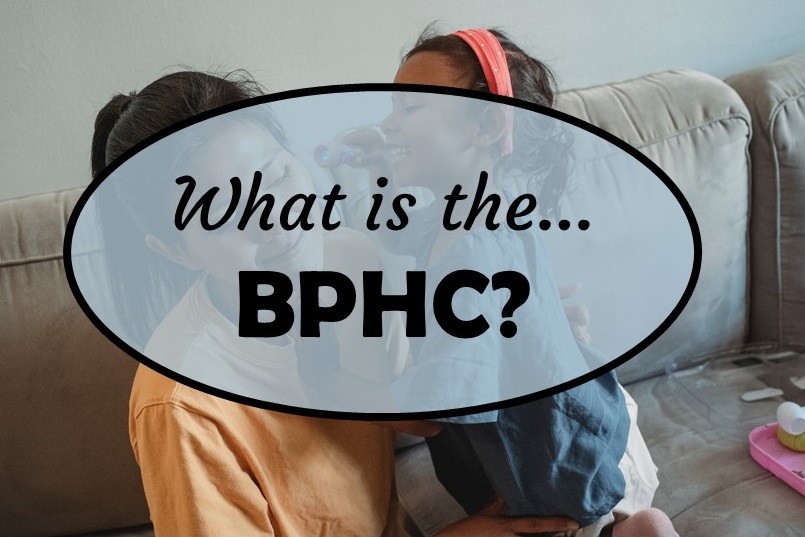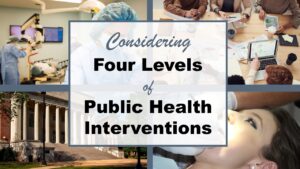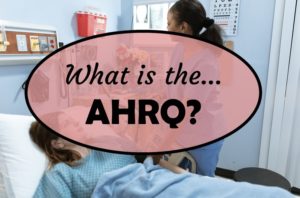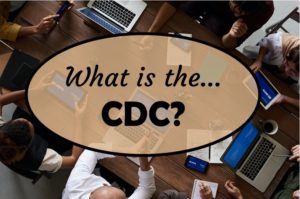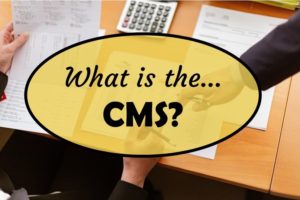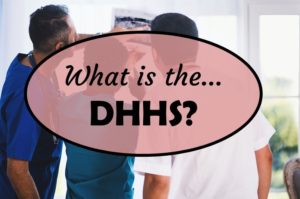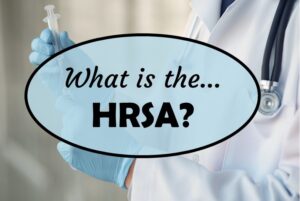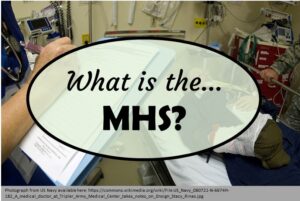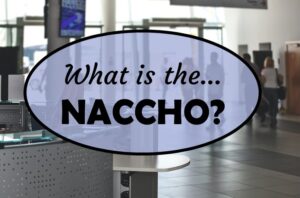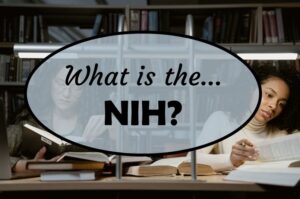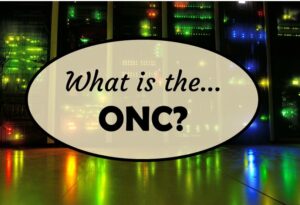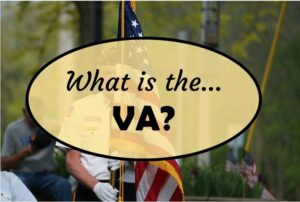“What is the BPHC?” is a question I did not ask until I was teaching a course in the United States (US) healthcare system. I did not even know that there was a national bureau that was focused just on primary healthcare in the US that was not associated with the Department of Health and Human Services (DHHS).
What is the BPHC?
The Bureau of Primary Healthcare (BPHC) is one of the many bureaus in the Health Resources & Services Administration (HRSA). The reason I highlight it is because it is where most of the safety net resources funded through taxpayer money that are NOT part of Medicaid and Medicare are housed (with the Medicaid and Medicare parts being governed by the Centers for Medicare & Medicaid Services (CMS)).
What does the BPHC do?
If you study the US healthcare system, you will realize that it is a market-based system – not a social justice system, like every other healthcare system in the world. Therefore, if you are poor, you just don’t get healthcare.
But because we like to think of ourselves as good Americans, we feel bad about that – so we made Medicare for older people, and Medicaid for poor people. But what if you don’t even qualify for Medicaid? Like, what if you are an undocumented immigrant? Or what if you simply don’t have any identification? Then you should be happy, because the BPHC might have a place for you to go.
The main thing the BPHC does is make sure there are “health centers” for people who don’t even qualify for Medicaid to go to. But if you think this is a safety net, it’s like a safety net with a bunch of big holes in it. Take Minnesota, as an example. The state is huge. To drive from the southern border to the northern border would take about six hours. Yet, if you download their Excel sheet of health centers, you’ll find that there are only 19, and only 7 of these are outside of the Minneapolis/St. Paul metropolitan area. Most of Minnesota is rural, and there are a lot of Native American reservations. In fact, two of the health centers have names that indicate they are for the Native American population.
My Take on the BPHC
Here is what I think should happen. I think that all of these facilities that are being funded with public taxpayer money laundered through health insurances by way of HRSA, DHHS, and CMS should become public entities. Why not? We are overpaying for their services by having insurance in the middle, and it prevents us from being able to do quality control or any sort of cost control.
For example, let’s say the health centers in Minneapolis on that list from the Minnesota Department of Health suddenly became part of the Minnesota Department of Health, and from then on, were funded as a line item in their budget. That means there would no longer need to be a billing structure where they prepare claims, submit them to insurance, do adjudication, and get paid. It would be like the fire department or the police department – we make a budget, and taxpayer money goes to it.
I’m not saying the police and fire departments are perfect. Obviously, policing is in severe need of reform. But at least police departments are public entities, so we can theoretically pass laws to control their budgets (hence the “defund the police” movement). If the health centers in the BPHC were actually public entities, then we could control costs and quality better, and actually serve these underserved communities.
So in the future, when we ask, “What is the BPHC?” I would hope to answer that it is our robust public healthcare facility network, rather than a lame, underfunded, powerless federal agency.
Updated July 21, 2021.
Read all the public health alphabet soup posts, and learn about the public health landscape!
The United States (US) Bureau of Primary Healthcare (BPHC) is the federal agency that funds our safety net infrastructure serving patients who can’t get on Medicare or Medicaid. I explain how all that works, and the relationship of BPHC to the rest of the public health infrastructure.

